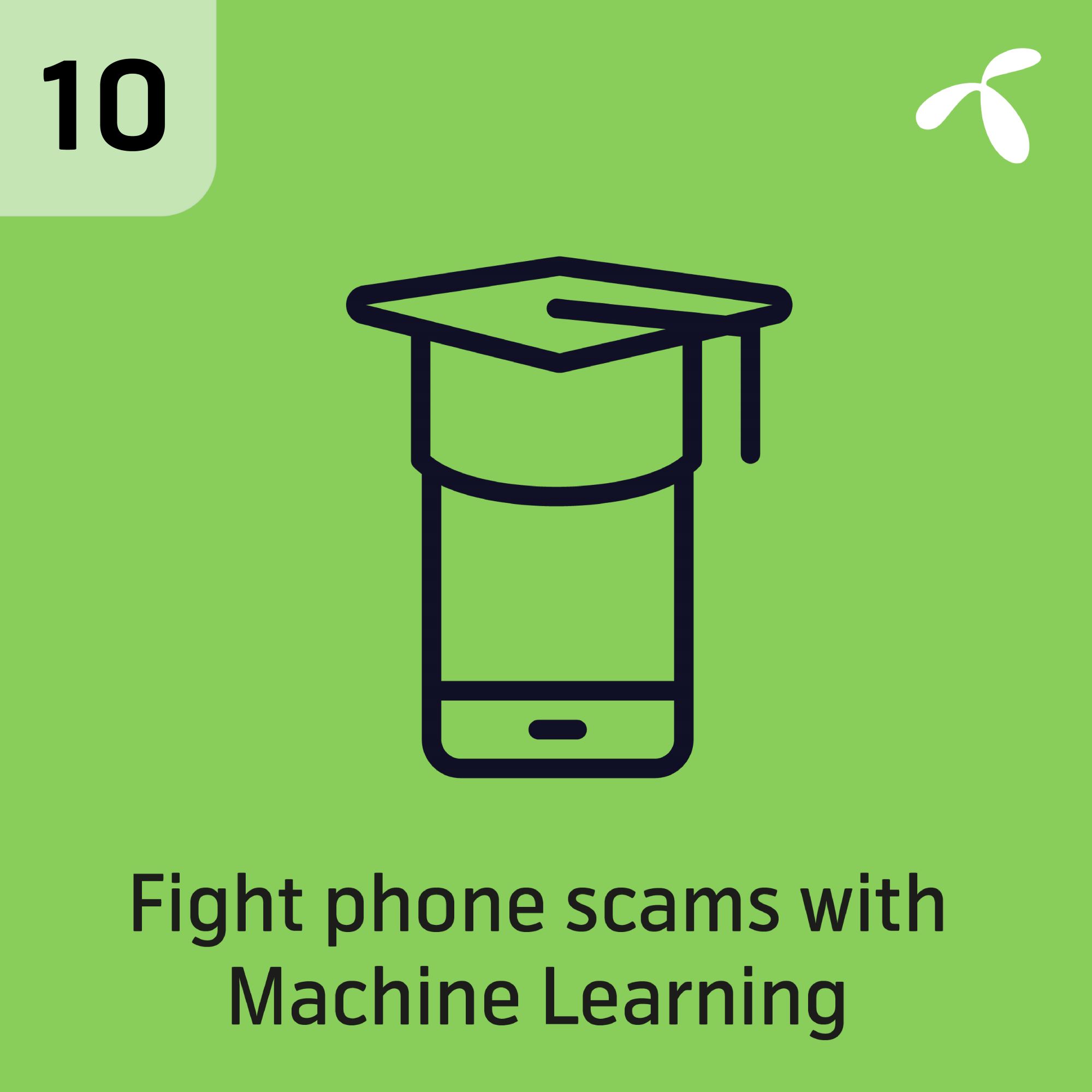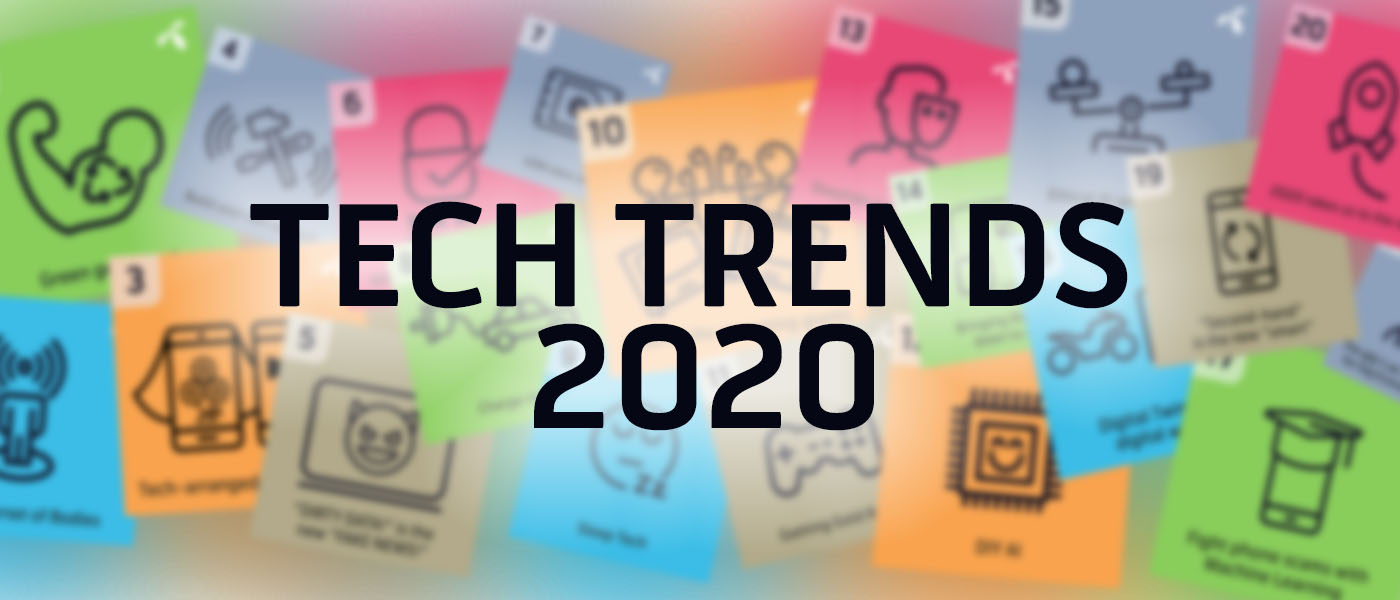December 4, 2019 – From the “Internet of Bodies” and Green Tech to DIY AI and trends in digital trust, a host of new technology solutions, along with complex Big Tech conversations, will make for a paradoxical and exciting 2020, says Telenor Research.
In the last decade, mobile service providers, device makers and Internet companies built a virtual second world for us to live, work and play in – a digital one. At the start of this new decade, Telenor Group’s research arm believes that people will reflect more on how our real world and this new digital reality should safely and productively intersect.
“Many of the trends we spotlight for next year show innovation charging ahead faster than ever, enabled by more access and more demand, as well as by revolutionary new tech platforms and sociopolitical forces,” says Bjørn Taale Sandberg, Head of Telenor Research.
“At the same time,” Sandberg adds, “other trends suggest we are having a common technological epiphany, a kind of digital realisation. People are waking up and examining how and where technologies, including AI, Machine Learning, IoT, and new network innovations will best and most securely connect them with the people and things that matter most. The world of technology isn’t a place that can be defined by a single storyline, it’s our job to understand the larger sometimes contradicting contexts we live in – in both of our worlds – and then to home in on the most important developments that could reshape our lives.”
Here are the 10 trends that point to an exciting, chaotic and complex 2020:
1. Tech-arranged “marriages”
5G, IoT and AI will spur industry collaborations that share competence and co-create world-changing platforms
2019 was year for commercial 5G launches. In 2020 we will see widespread launches in most developed economies. Mobile providers will put 5G’s speed and capacity on centre stage, but the real innovations, and with them, sweeping societal changes, will come from behind the scenes where industries are getting together and mixing things up.
These innovations include network-slicing, with which business-critical systems can run unencumbered over the mobile internet. Or something called Network Function Virtualization (NFV), where network services can be developed by software, which will radically speed up how services are developed. With lower latency (meaning: no signal delays, everything in real-time) and a vastly higher number of IoT devices out in the world, emergency, eHealth, logistics, security systems and remote investigations will be enabled by quality networks that allow remote investigations using video, drones and sensors that securely transmit data.
2020 will mark the beginning of this innovation journey. Turning these opportunities into scalable innovations will require industries and governments to pool their competences and start co-creating services. The technology is here, but no single company possesses the capabilities to make it real.
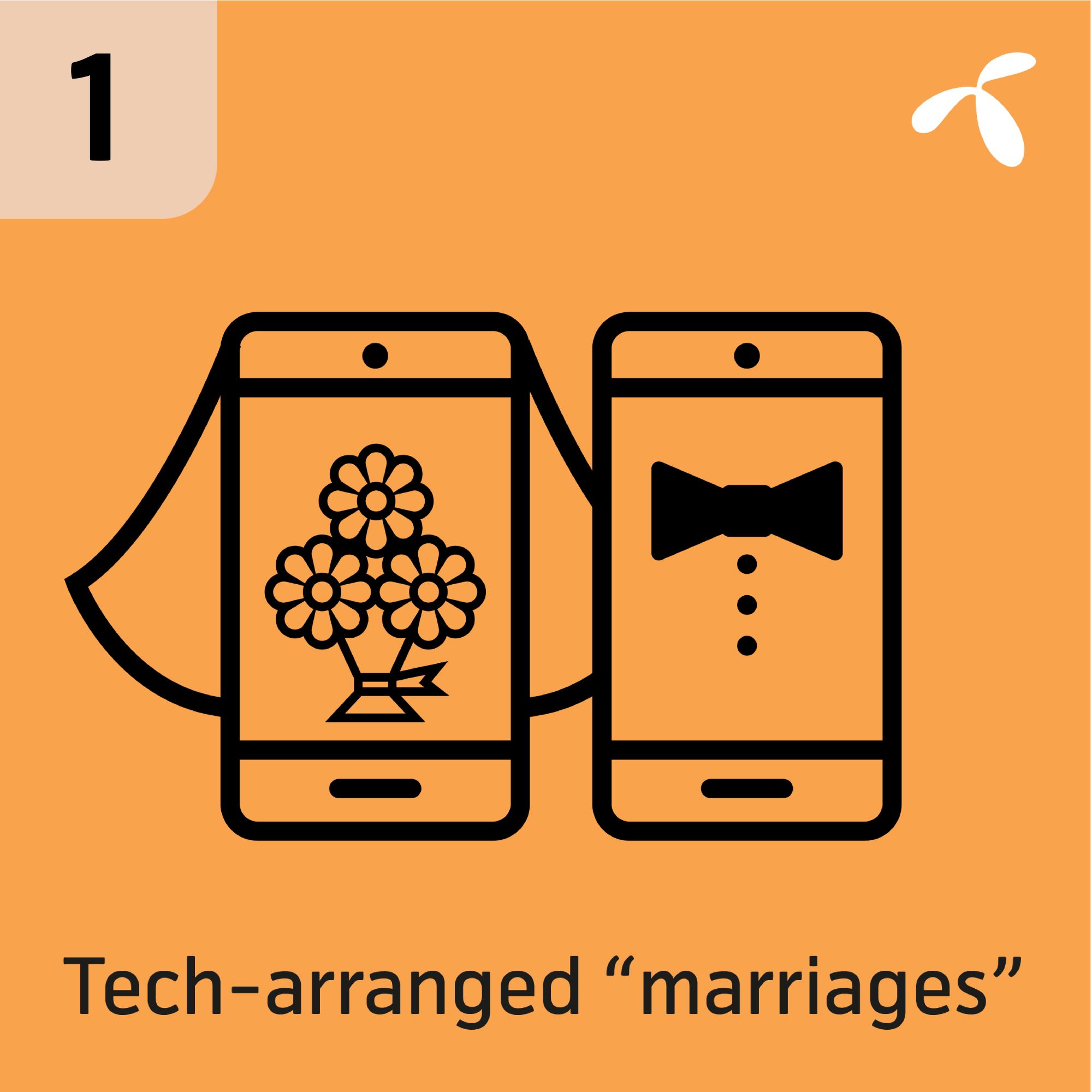
2. eSIM takes off
In 2020 e-sim technology will become common in both consumer electronics and company related IoT. Users will be able to activate and change subscriptions without having to wait for a new sim-card to arrive by mail or go to a store to pick it up. While digital distribution of mobile subscriptions is available today, the commercial introduction of e-sim will start to speed up the transition from physical to digital retail, and we can expect to see a number of new eSIM services and apps launch in the market in the coming year.
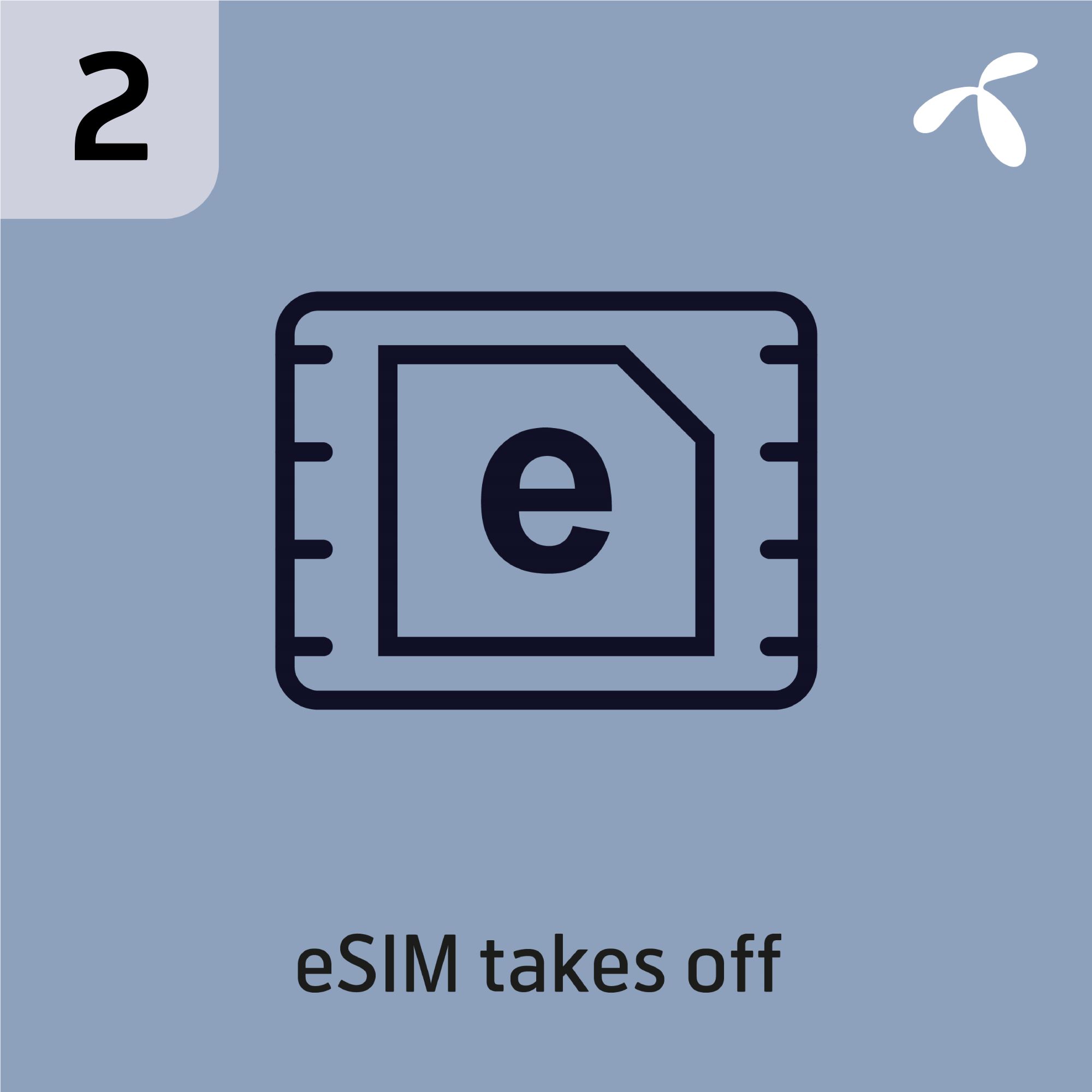
3. Green gets mean
Green innovations go beyond hype and get real
Reusable shopping bags, plastic straw bans and “flight shaming” have been the causes du jour among the Instagram Influencer set, but big picture… in 2020, no one will be satisfied with empty words, greenwashing or drop-in-the-bucket efforts anymore. In 2020, we will see green innovations go beyond the hype, using combinations of IoT, big data and AI tech to measure consumption, reduce demand and significantly reduce carbon footprints while cutting costs and building new revenue streams. This action comes as a result of consumers, investors, purchasers in the business world and employees demanding that we get our act together.
The telco industry will be a crucial foundation of the future economy and can drive real change across multiple sectors in society, in collaboration with its suppliers, investors and customers. Telcos can encourage their equipment vendors, IoT hardware and mobile phone manufacturers to commit to higher climate ambitions, by using recycled raw materials, responsible minerals provisioning, renewable power, new modes of transportation and sustainable packaging.
Moving into 2030; businesses, particularly in Europe, will move toward sourcing 100 percent renewable electricity, laying the foundation of climate neutral business operations. And for consumers, mobile services will continue to provide the capacity for individuals to access apps and services that will drive more widespread and effective green habits wherever they are. Finally, in the tech space, we’ll see increasingly generous public and private financing for green startups and scale-ups. What will drive successful “green” cases in business? A combination of sustainable business models, availability of data, digital competence and strong leadership.
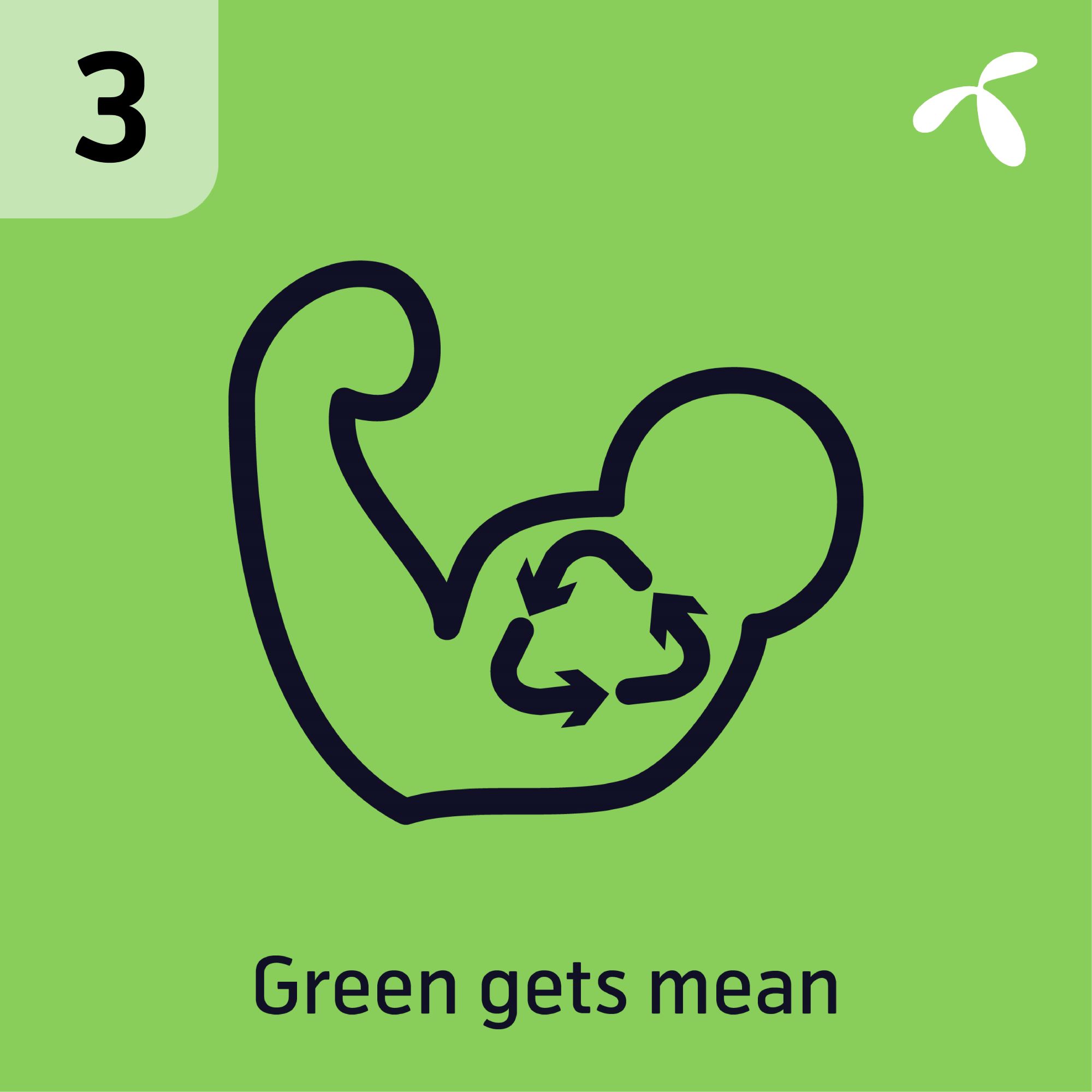
4. DIY AI
AI is in high demand but is being held back by a significant shortage in AI talents and skills to build and train modern AI for production. AI platforms with automated Machine Learning features will become more and more popular as they provide convenient user-interfaces that make AI available to non-experts. This will help more people and organizations develop their own AI technology. The promise is that general business users will be able to make use of AI without assistance from experts, but rather, from AI that trains itself.
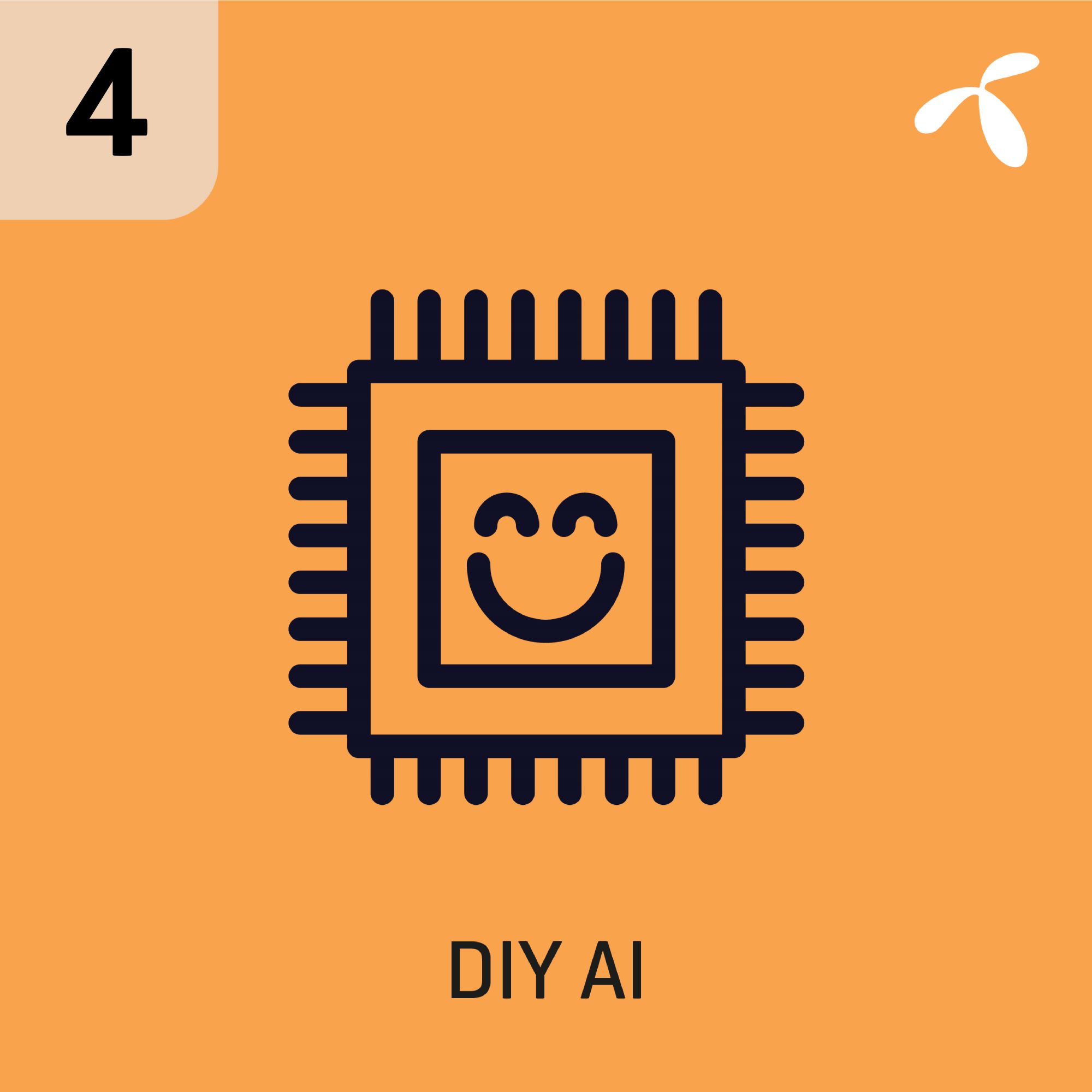
5. The Internet of Bodies
A growing “internet” of connected health, medical and communications devices – attached to our bodies
The term, Internet of things (IoT) has been given copious column inches in recent years, particularly in the business, tech and trade press. But sensors on shipping containers, manufacturing systems and agriculture infrastructure, while broadly impactful, aren’t relatable to the everyday tech user. But 2020 promises to bring all of this much, much closer to home. If you thought that people and mobile technology were already more or less “attached at the hip”, well, be prepared to be taken literally. This next year will see the “Internet of Bodies” become a much bigger thing.
Today and even more so starting next year, we are connecting our bodies through a host of monitors that measure blood pressure, blood oxygen, activity, heart rate, arrhythmia and even snoring. And in 2020 we will see the first applications that go beyond just monitoring and into actual auto-interventions. One such example is insulin pumps. A large community of patients and health advocates, “We are Not Waiting”, have pushed the frontier for a long time, and in 2020, we will see the first commercial systems closing the loop between reading blood sugar and delivering insulin to the body. Biohacks such as Elon Musk’s Neuralink startup are still far from commercialization, but there are diseases and conditions that are costly and care intensive where the “IoB” will have great potential.
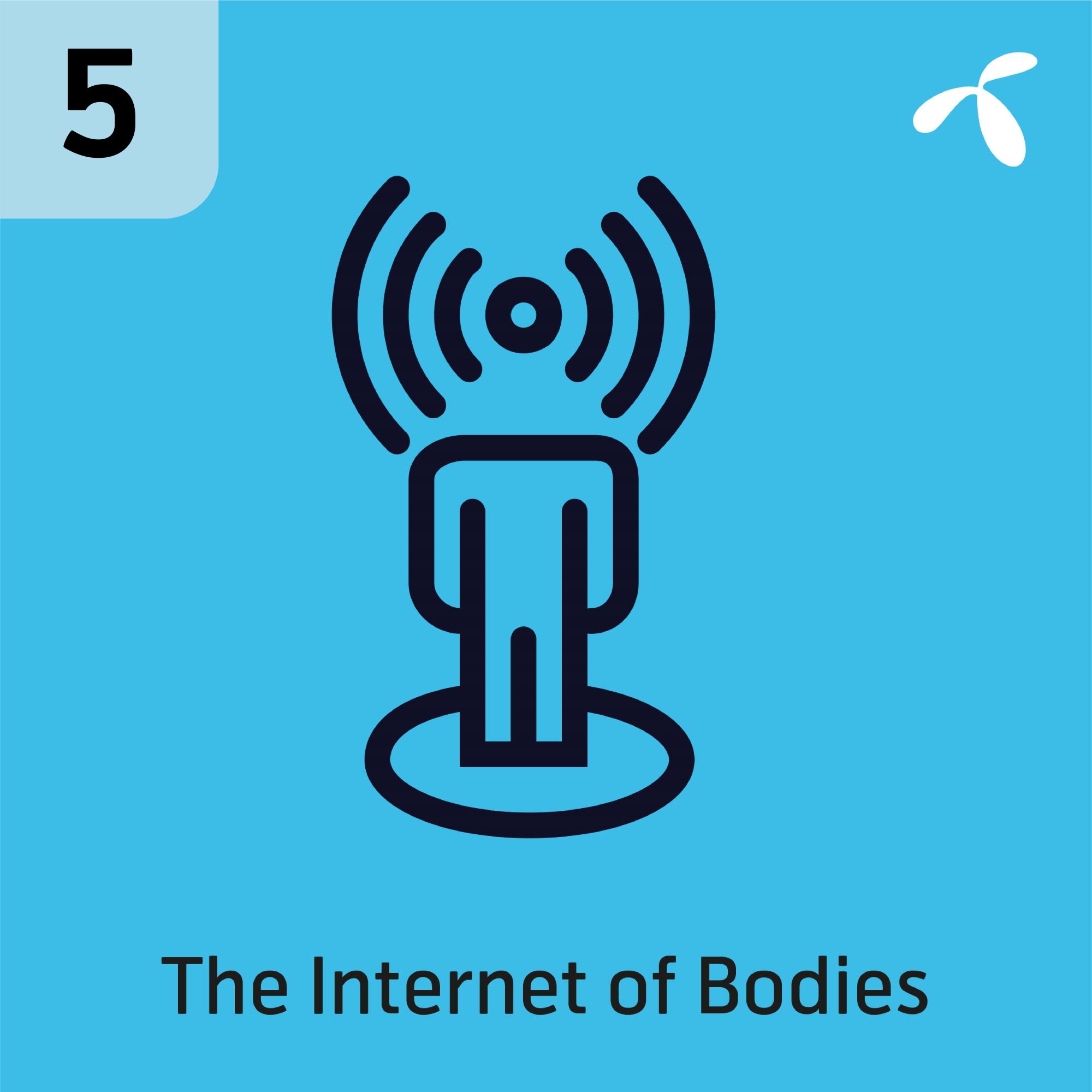
6. “DIRTY DATA!” is the new “FAKE NEWS!”
The term “dirty data” will be used to question AI credibility
When faced with a choice, we always want to make the best one. And nowadays, with vast amounts of data and advanced analytics, machines can point us to the best option or even make the decisions for us. But what if the data sets and processes are inaccurate, biased or even compromised? Then the decisions may be flawed, or even illegal.
We call this “dirty data”, a term that in 2020 may go as mainstream as “fake news”. As data-driven decision-making from Artificial Intelligence or Machine Learning (AI/ML) become more common, it will be subject to more public scrutiny. People will ask whether solutions are fair and unbiased, or whether the data used to train them was ‘dirty’.
The EU and the data science community is very aware of this challenge, and is working hard to ensure data quality, start-ups focused on data auditing are seeing the light of day and significant research is going into finding solutions. The question is whether practitioners will manage to keep pace as new data is generated at astonishing speed.
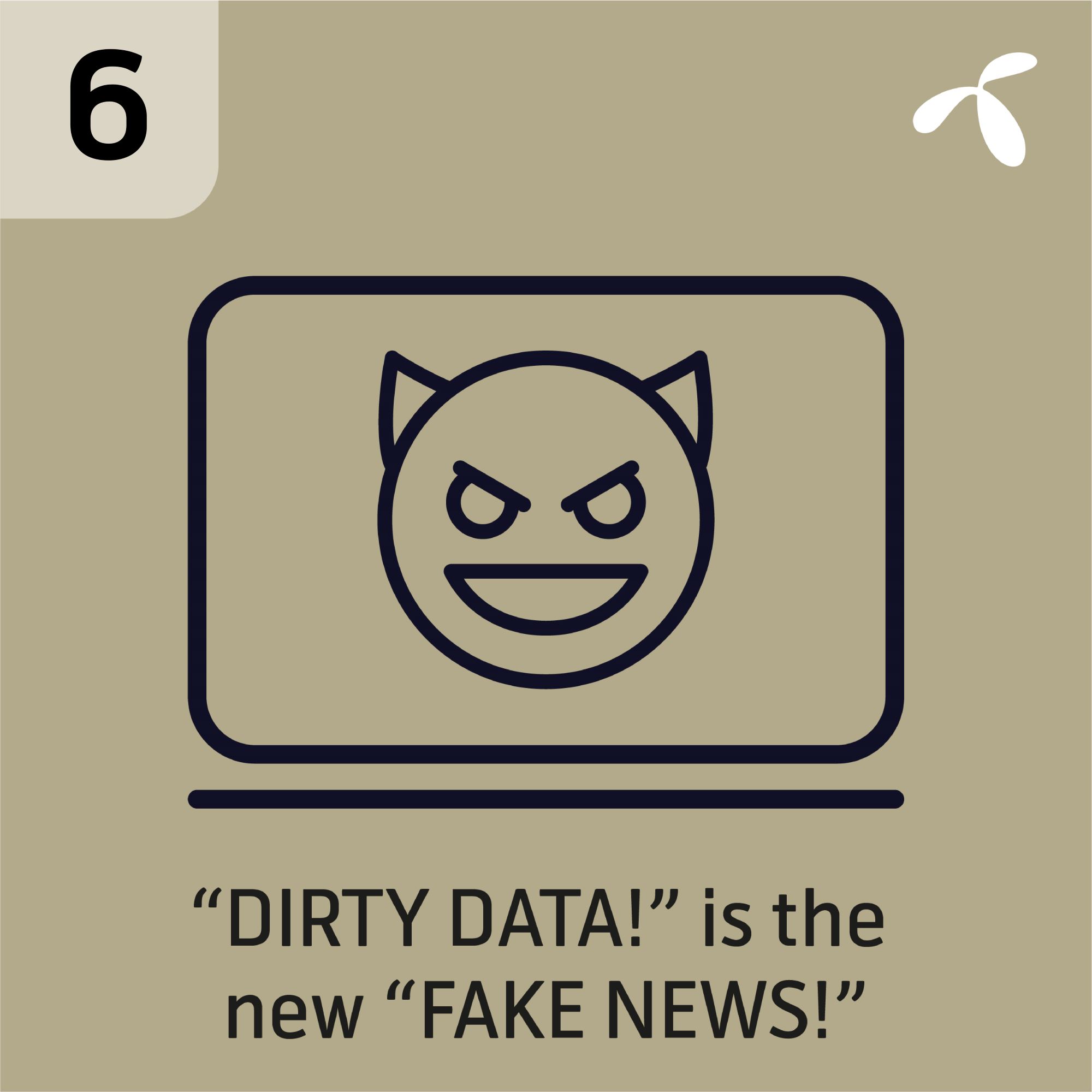
7. What is the cost of trust?
A growing minority of people are waking up to the fact that free searches and social media services aren’t really free.
The competition for your trust is going to intensify in 2020 and the arena will be your mobile phone. A long line of scandals has plagued many of the internet and social media companies that leverage our mobile connections, leading people to take a second look at these organizations. Trust is at the core of all relationships, including those with customers, but the reality is that most of us now share more personal info online than we share with our doctors. It’s easier to do, it’s built into daily behaviours and so far, it’s much less regulated than the health sector.
A majority of people in markets as diverse as Norway, Malaysia and Pakistan still believe that ‘free’ services come at no cost, but we see signs of a growing minority of people who understand that these companies make their money from our data by using it to sell tailored advertisements. In 2020, we believe customers will increasingly reserve trust to companies who have a line of revenue independent from how much they know about us personally.
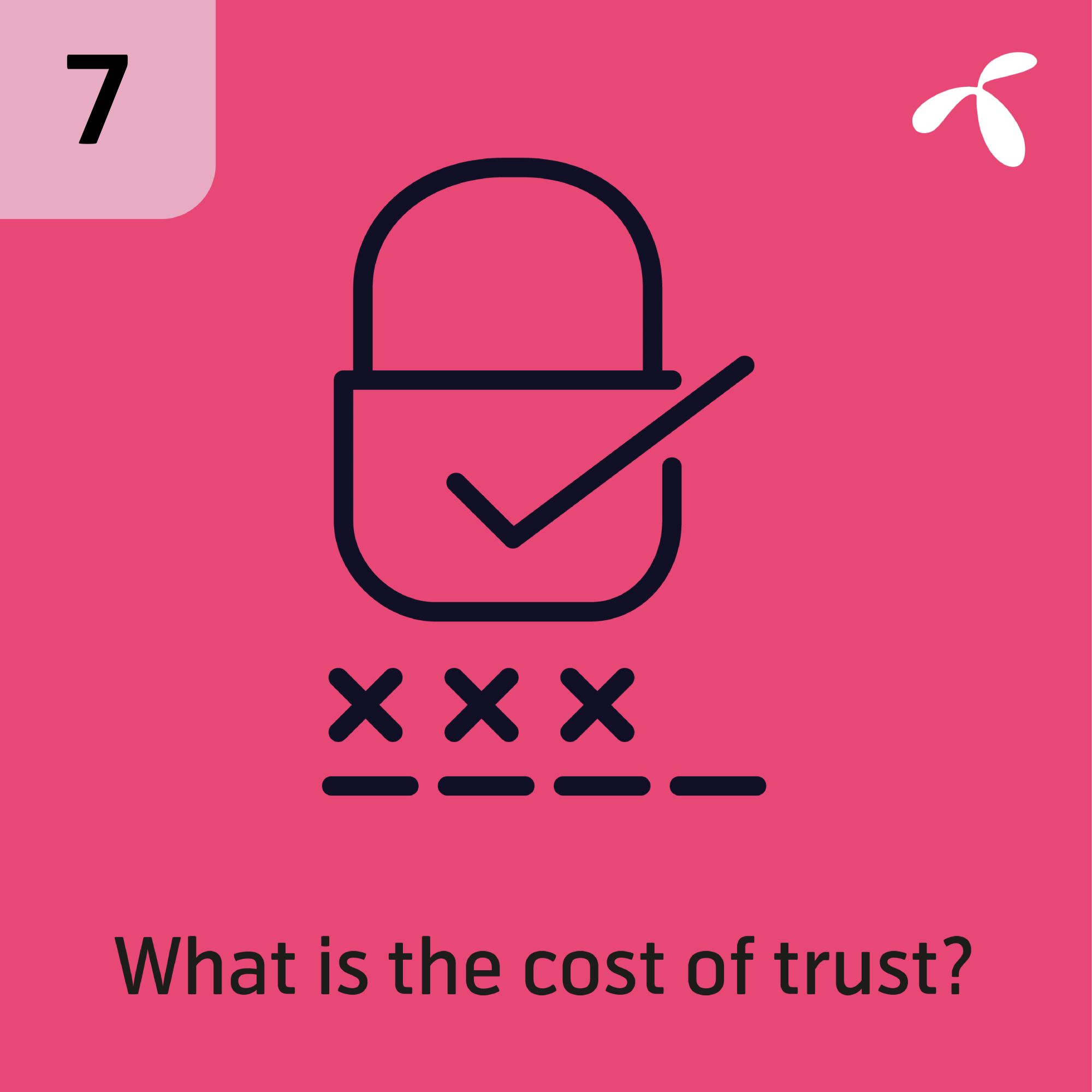
8. Clash of the streaming giants
Once upon a time, broadcast TV shows like “Friends” dominated our social routines and water cooler chats around the world. Since then, HBO and Netflix have moved into our living rooms, supplementing the still-robust broadcast and cable offerings. They’re now followed closely by the new AppleTV+ and Disney+ platforms and probably others soon, all of whom are offering content featuring our favorite stars, powered by cinematic production budgets, and distributed on native interfaces and owned devices. 2020 will bring us a battle of these streaming giants – and with it, more and better content than ever.
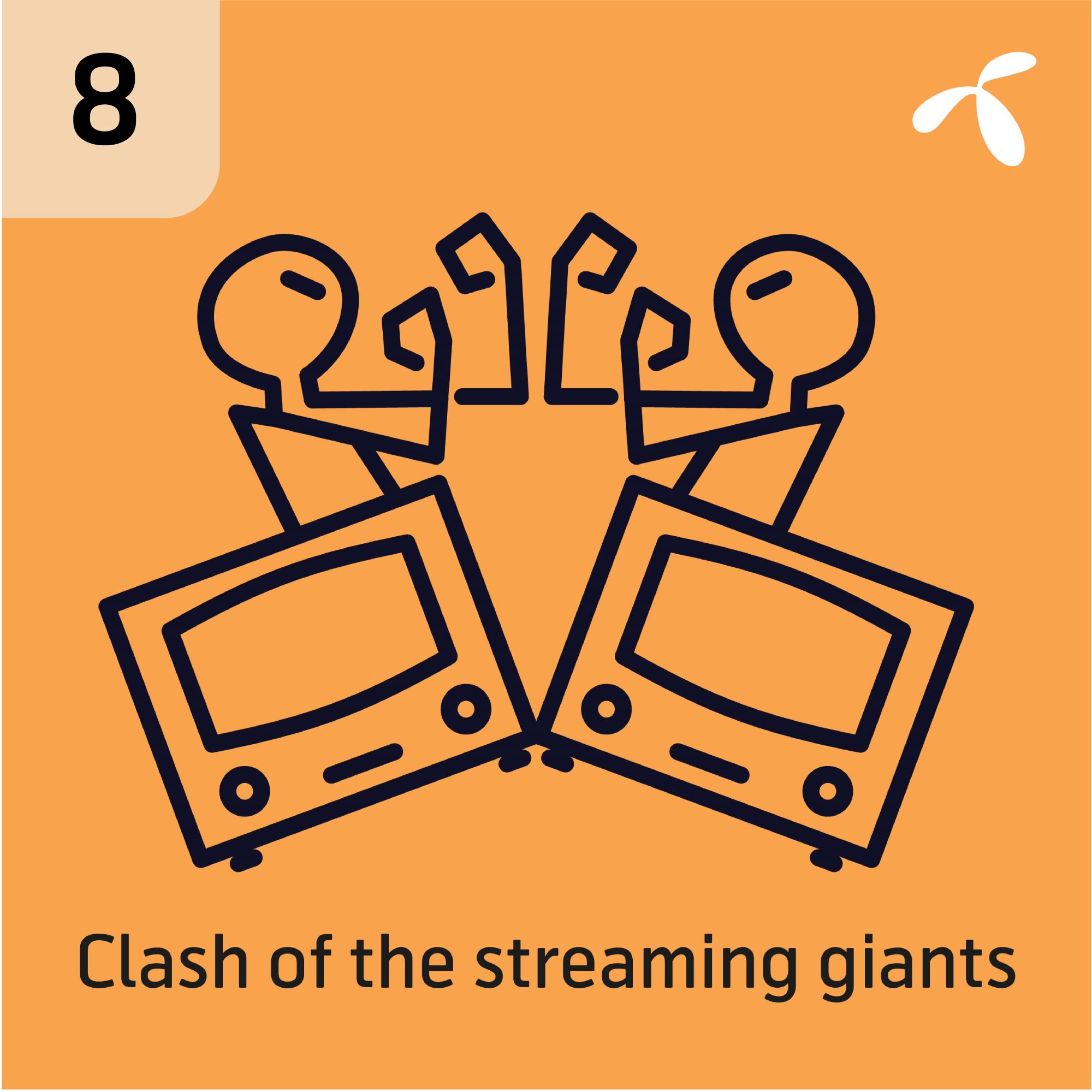
9. Bringing Big Tech down to size
The power and influence of ‘Big Tech’ will reach a tipping point in 2020. It is becoming apparent that a few global online companies are controlling information, disrupting job markets, and eating an increasingly large chunk of the global economy. This position gives them close to unrivaled market power on precious data needed to develop powerful AI algorithms for our automated future. We will see a stronger push for regulations from governments and consumers. This could include taxation, data privacy and security, restrictions on political advertising and possibly company break-ups.
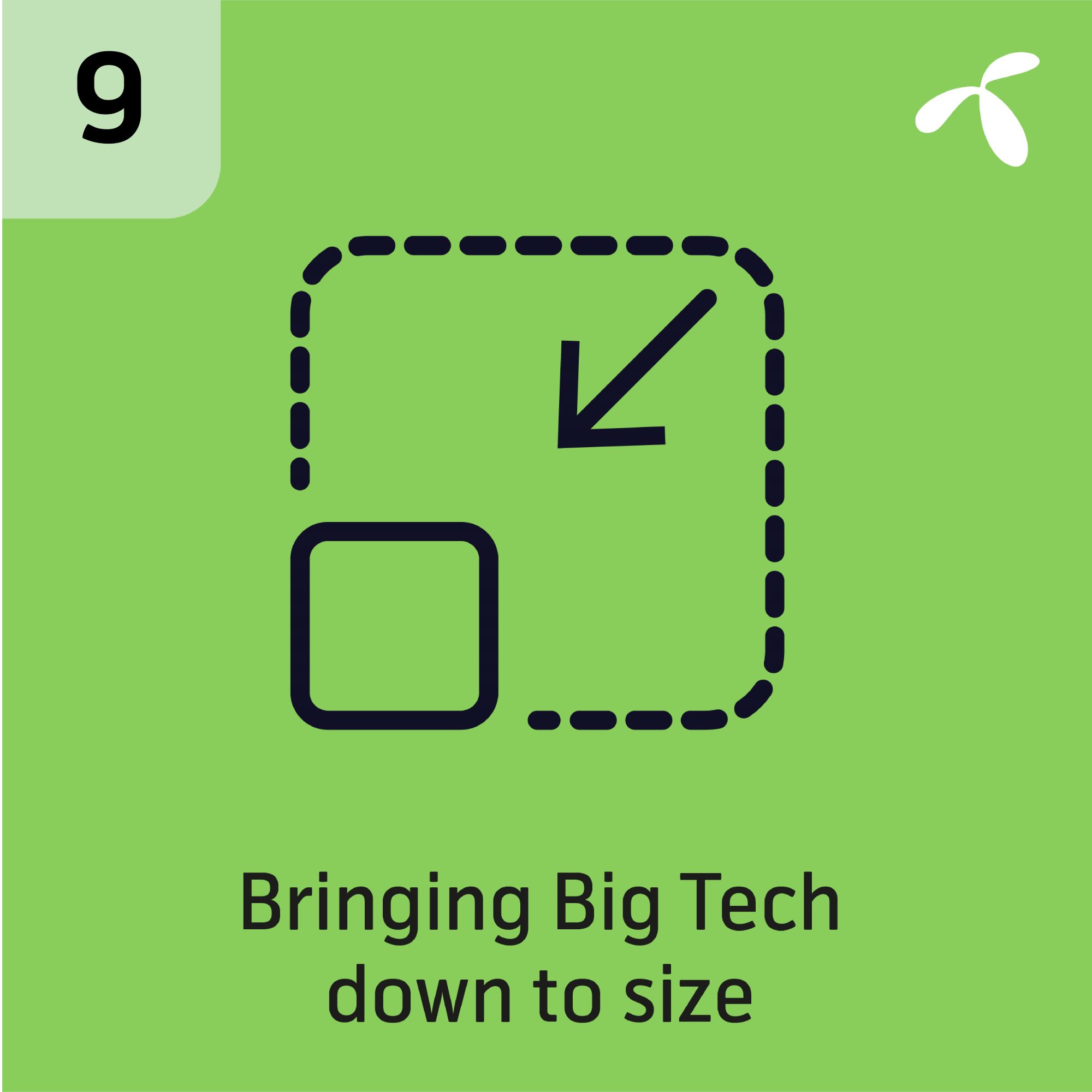
10. Fight phone scams with Machine Learning
Phone scams are on the rise in 2020. It could be a Wangiri call, or “one ring” call, which just rings once and drops, leaving a missed call from an international or unusual number. Users may be tempted to call this number back (at a premium price) and be forced to pay huge fees. People may also receive robo-calls saying that their bank account has been blocked and they need to call a scam number to reactivate it. To protect their customers, mobile operators are putting a deal of work into detecting and blocking these scams. In 2020, Machine Learning techniques will be an efficient tool for operators to prevent these phone scams and protect their customers.
